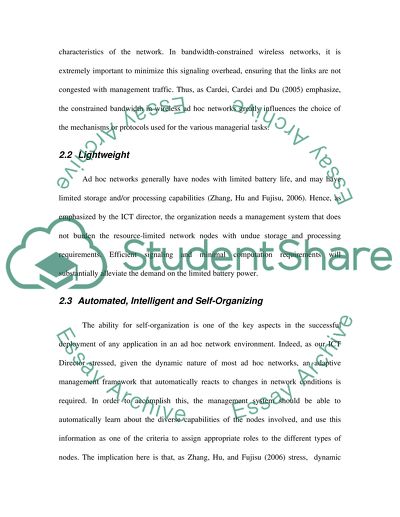Cite this document
(“Wireless ad hoc network management Essay Example | Topics and Well Written Essays - 1000 words”, n.d.)
Wireless ad hoc network management Essay Example | Topics and Well Written Essays - 1000 words. Retrieved from https://studentshare.org/information-technology/1534474-wireless-ad-hoc-network-management
Wireless ad hoc network management Essay Example | Topics and Well Written Essays - 1000 words. Retrieved from https://studentshare.org/information-technology/1534474-wireless-ad-hoc-network-management
(Wireless Ad Hoc Network Management Essay Example | Topics and Well Written Essays - 1000 Words)
Wireless Ad Hoc Network Management Essay Example | Topics and Well Written Essays - 1000 Words. https://studentshare.org/information-technology/1534474-wireless-ad-hoc-network-management.
Wireless Ad Hoc Network Management Essay Example | Topics and Well Written Essays - 1000 Words. https://studentshare.org/information-technology/1534474-wireless-ad-hoc-network-management.
“Wireless Ad Hoc Network Management Essay Example | Topics and Well Written Essays - 1000 Words”, n.d. https://studentshare.org/information-technology/1534474-wireless-ad-hoc-network-management.


